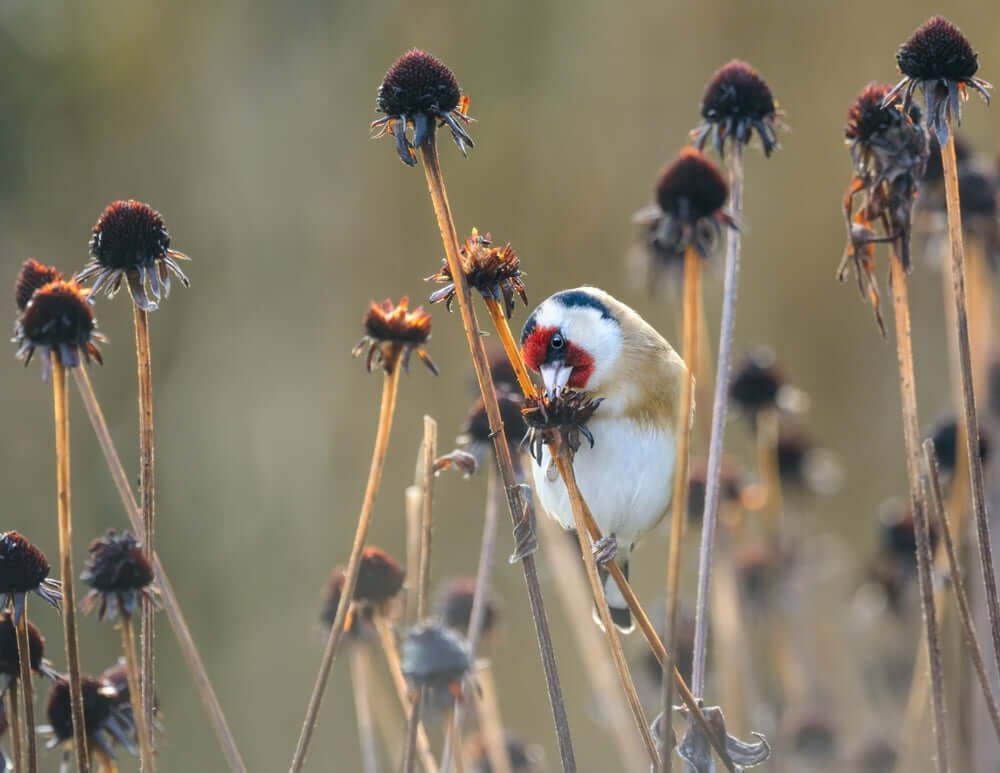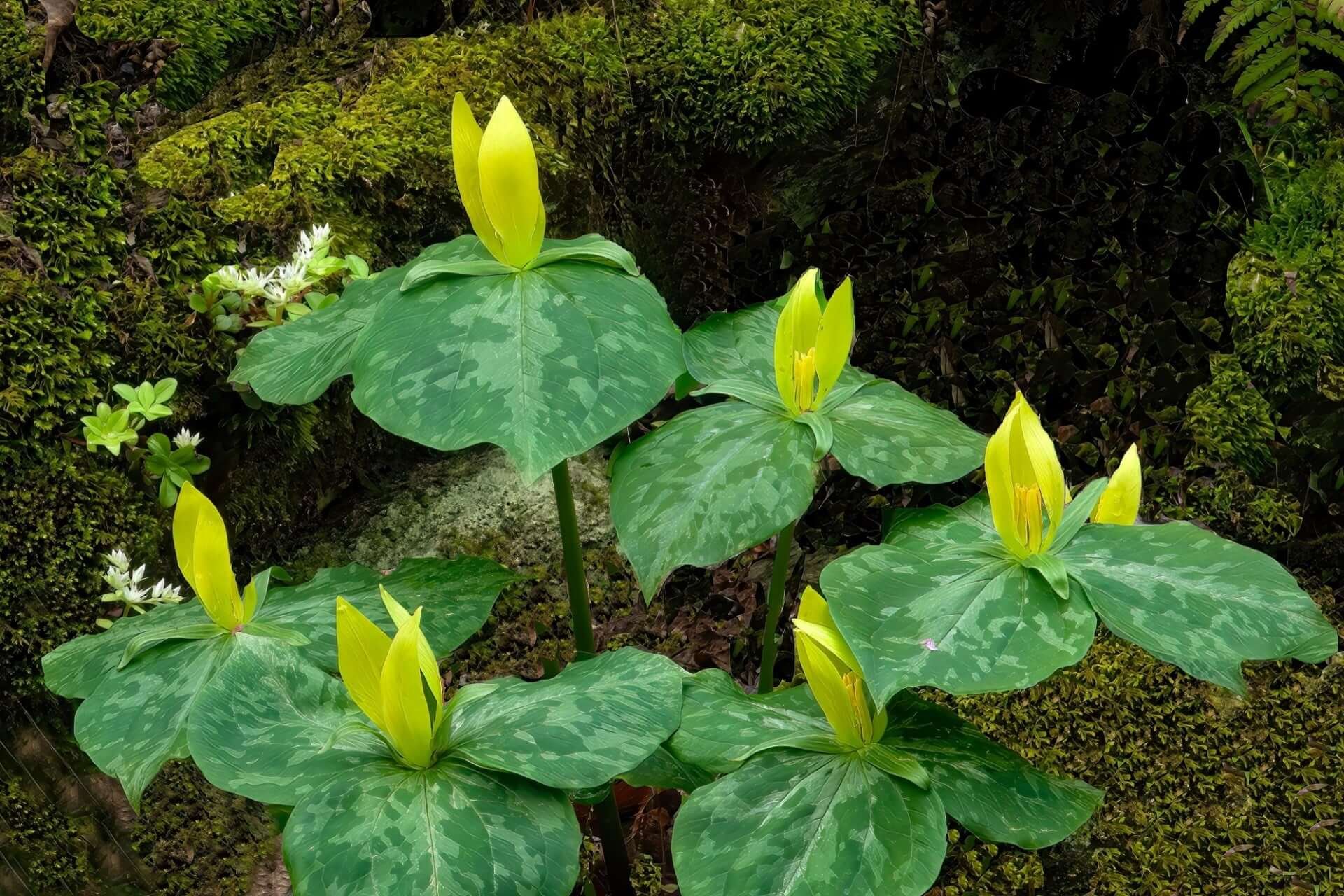Daisies are one of the most charming and iconic flowers in gardens worldwide. Known for their simple beauty, these flowers captivate gardeners with their cheerful appearance and low-maintenance nature. Whether planting a small flower bed or creating a sprawling meadow of wildflowers, daisies bring a touch of nature's perfection to any landscape. With countless varieties, these resilient blooms have something to offer gardeners of all skill levels. But, to get the most out of your daisies, understanding their planting needs, sun exposure, and growth habits is essential. This guide answers some of the most common questions about these beloved blooms.
What is the best month to plant daisies?
Daisies are typically planted in early spring, making March and April ideal for getting them into the ground. However, this can vary on your region and climate. If you live in a warmer area, you might be able to start a bit earlier, while gardeners in colder areas might need to wait until the ground has fully thawed. It's essential to ensure that the danger of frost has passed before planting. Frost can harm new seedlings, as their roots won't have time to establish themselves.
Planting daisies in early spring gives them time to settle in before the summer warmth. Their root systems can develop, making the plants more resilient to drought and temperature changes. For those who prefer starting from seeds, sowing them inside 6-8 weeks before the last frost date. This method is especially beneficial for perennial varieties, establishing a foundation for years. Planting in the correct month ensures a flourishing display of blooms that will last well into the late summer months.
Do daisies like full sun or shade?
Daisies thrive best in full sun, meaning they need at least six hours of direct sunlight daily. These sun-loving flowers will produce the most vibrant and plentiful blooms when given ample exposure to sunlight. Full sun supports their photosynthesis and keeps them healthy by preventing the damp conditions that can lead to fungal diseases. If your garden gets partial shade during the day, many daisy varieties can still tolerate it, but be prepared for slightly fewer blooms and leggier growth.
For optimal growth, plant daisies in a sunny location with morning sunlight and a bit of afternoon shade in hot climates. Overexposure to scorching afternoon sun, especially in areas with intense heat, can sometimes cause the flowers to droop or wilt. If you see signs of heat strain in your daisies, you can provide some temporary shade during the hottest part of the day, but overall, daisies will perform best with plenty of direct sunlight. Whether gracing your flower beds, borders, or containers, daisy plants reward a sun-drenched location with cheerful, long-lasting blooms.
Do daisies grow back every year?
The answer to this depends on the type of daisy you plant. There are both perennial and annual varieties of daisies. Perennial daisies, such as the Shasta daisy, will return year after year, often blooming more profusely with each passing season. These hardy plants die back in the winter, but their root systems remain alive underground, ready to sprout anew when spring arrives. With the proper care, such as cutting back the dead growth in the fall and mulching for winter protection, perennial daisies can live for many years.

On the other hand, annual daisies achieve their whole life cycle in a single growing season. Varieties like Gerbera daisies or Marguerite daisies will bloom all summer but will not return the following year. However, many gardeners grow annual daisies for their vibrant colors and larger blooms, even though they must replant them each spring. If you're looking for low-maintenance flowers that will return year after year, perennials are the way to go, but annuals offer a fantastic way to experiment with new colors and types each growing season.
What is the easiest daisy to grow?
The Shasta daisy stands out as one of the most accessible varieties for growing. This classic perennial is a favorite for its elegant white petals, golden centers, and low-maintenance nature. Shasta daisies are drought-tolerant, pest-resistant, and require minimal care once established. They can adapt to various soil conditions, though they like well-drained ground to discourage root rot. With a robust root system, Shasta daisies will often spread over time, filling in gaps in your garden with little intervention. They are also excellent for attracting pollinators, making them a useful addition to eco-friendly gardens.
Shasta daisies are an excellent choice for gardeners looking for a reliable bloomer that requires minimal effort. They typically flower in early summer and produce blooms well into late summer. Deadheading spent flowers will encourage continuous blooming and splitting of the plants every few years. Even novice gardeners can succeed with Shasta daisies, as they are forgiving of various growing conditions and reward their caretakers with a steady stream of radiant blooms.
In conclusion, daisies are a versatile and welcoming addition to any garden, offering vibrant beauty with minimal fuss. Whether you plant in early spring or start from seed, these hardy flowers will brighten your outdoor space with cheerful blooms. From selecting the suitable variety to ensuring they get enough sunlight, a little planning and care will allow you to enjoy daisies year after year.
A Guide to Building a Bed for Daisies
Daisies deliver brightness and happiness to gardens with their lively and cheerful presence. Flourishing daisies require a prepared bed with adequate space, optimal soil conditions, and sufficient sunlight. Creating a separate planting bed for daisies helps stop plants from crowding each other, which ensures every daisy gets the essential nutrients and moisture for optimal growth. Choose a site for planting that gets at least six hours of sunlight each day because daisies thrive in bright environments, which leads to plentiful blossoms with sufficient lighting.
Begin by removing weeds and rocks and clearing debris from your planting area to ensure daisies can grow without obstruction. Dig the soil to a depth of twelve inches using a spade or garden fork. The preparation allows roots to establish themselves with ample space. To improve your daisies' health, you should use compost or well-rotted manure to enhance the soil. Organic matter improves soil drainage while supplying vital nutrients that lead to robust and lively plant development.
Once soil preparation is complete, you should eliminate clumps by raking to achieve a smooth and level surface. For a distinct perimeter around your daisy bed, you can use bricks or wooden planks to create an edge. Edging isn't essential, but it helps maintain soil boundaries and reduces weed invasion while tidying the bed. After outlining the bed, you can plant your daisy seedlings or seeds. When planting your chosen variety of daisies, maintain spacing that matches their mature size specifications to guarantee enough growing area for each plant to expand and produce multiple flowers.
Daisy plants need thorough watering after planting to establish themselves successfully in their new environment. Throughout the following weeks, provide regular watering to your daisies, but avoid waterlogging since they need slightly moist soil, and root rot can cause damage. Healthy daisy plants require weed-free soil because weeds compete for essential nutrients and water. While mulching helps control weeds and maintain soil moisture levels, keeping a small space between the mulch and plant bases is crucial to prevent rot and fungal problems.
As your daisies grow, remove wilted flowers by pinching them off at their stems or cutting them away. The deadheading technique stimulates further flower development, which results in an extended display of blooms throughout the growing season. Deadheading stops plants from wasting energy on seeding to produce more blossoms. Prompt removal of any damaged or diseased leaves ensures the maintenance of a healthy plant environment. The presence of daisies in your garden attracts helpful pollinators that contribute to the ecosystem's overall health and vitality. Applying proper care to your bed will ensure it produces a flourishing mix of vibrant daisies that add brightness to your garden. Your effort in this project pays off as it establishes a beautiful centerpiece that will remain vibrant through the years.
Read more

Gardening can be a four-season delight if you plan your landscape to include plants that add something to a dormant garden. This is especially true for areas where snow and ice dominate the winter.

The yellow trillium is not just another spring ephemeral; it carries an air of mystique and rarity, making it a favorite among native plant enthusiasts and gardeners alike. These plants are found n...


